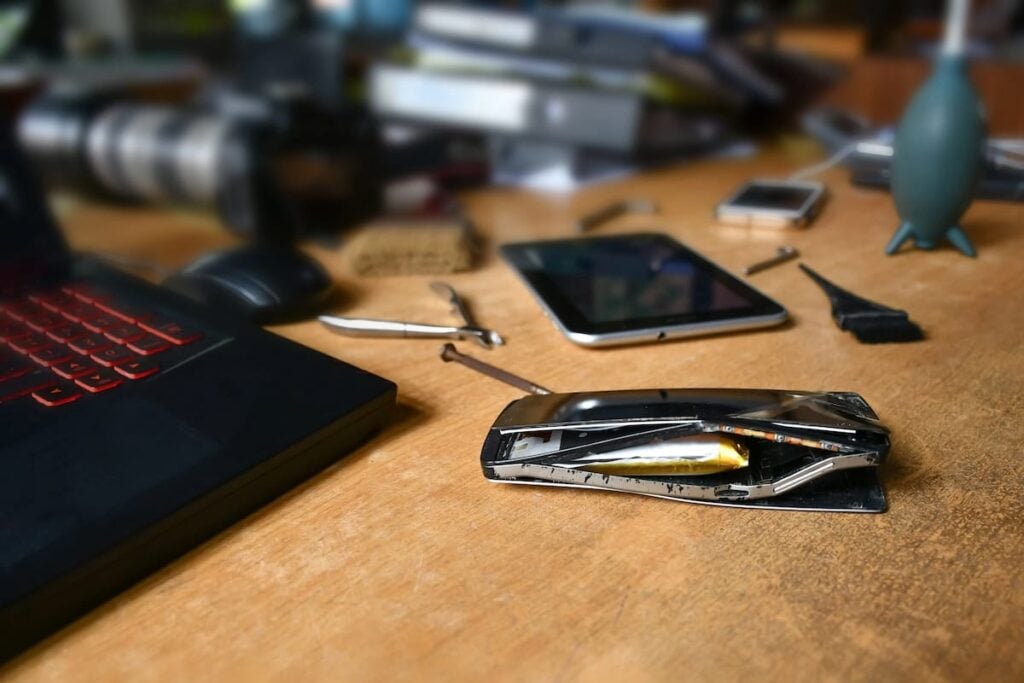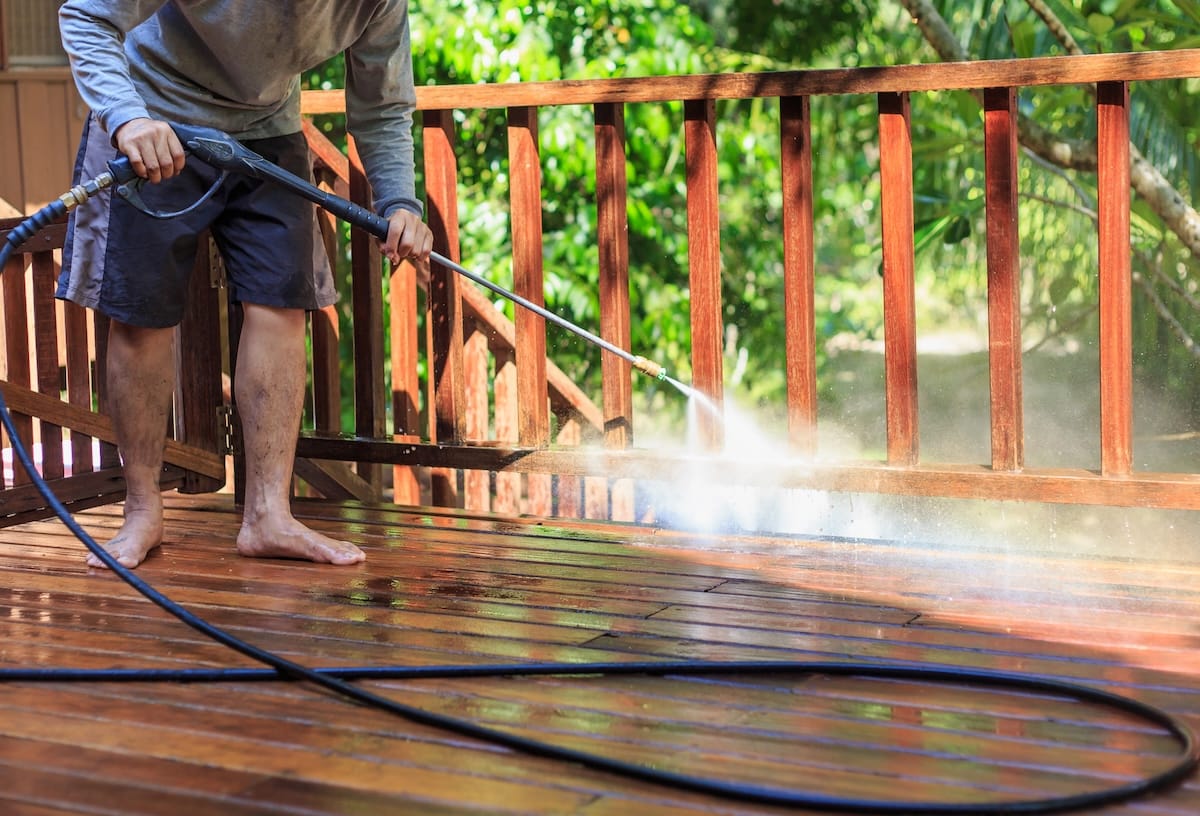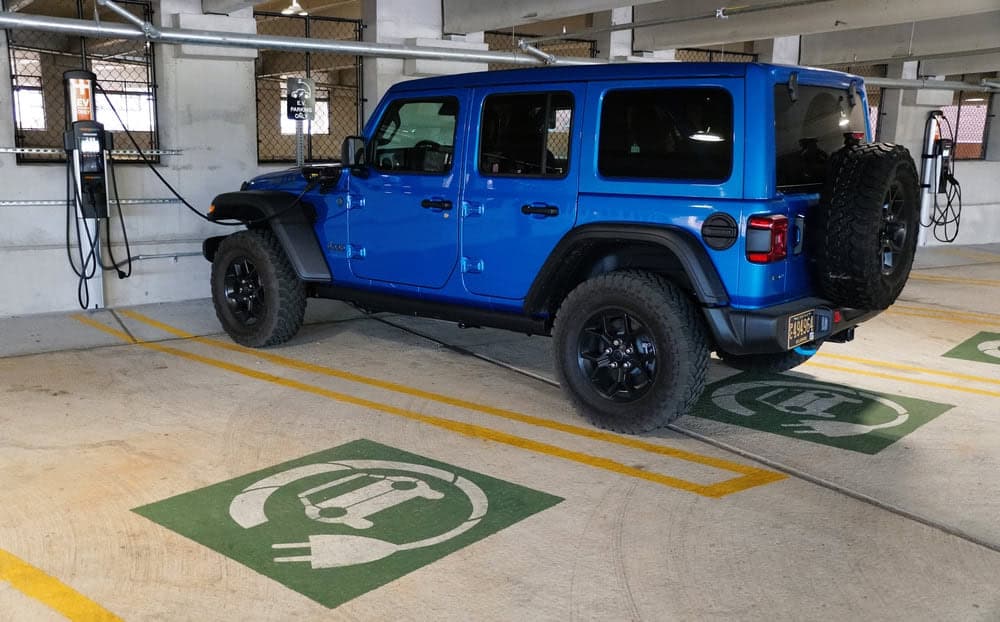Table of Contents
- Quick Summary
- Steps After Product Injury
- Most Dangerous Household Products
- California Product Liability Laws
- Types of Product Defects
- Warning Signs of Defective Products
- Case Value and Damages
- Frequently Asked Questions
Quick Summary
Defective products cause over 12 million emergency room visits annually in the United States, with thousands of deaths each year. California residents injured by dangerous products have strong legal protections under the state’s product liability laws.
Four main types of product liability claims exist: manufacturing defects, design defects, inadequate warnings, and warranty breaches. California’s strict product liability laws provide powerful consumer protections, allowing injured parties to recover compensation without proving manufacturer negligence.
Preserving evidence and consulting a product liability lawyer California quickly can significantly increase your settlement value. Most product liability attorneys work on contingency, meaning you pay nothing unless they win your case.
Steps After Product Injury
Acting promptly after a product related injury significantly strengthens your legal claim. Following these essential steps protects your rights and maximizes potential compensation.
Seek Immediate Medical Care
Get medical attention immediately and ensure healthcare providers thoroughly document all injuries. Even seemingly minor injuries can develop complications later. Medical records created immediately after the incident carry more weight than those created weeks later.
Preserve the Defective Product
Do not attempt repairs or alterations to the product. Store it exactly as it was at the time of injury in a secure location. Keep all original packaging, instruction manuals, and receipts. Take multiple photographs from various angles, focusing on any visible defects or damage.
Document Everything
Create a detailed timeline while your memory remains fresh. Include when and where you purchased the product, how you were using it when injured, and exactly what happened. Document all witnesses present and obtain their contact information.
Report the Incident
Report to the Consumer Product Safety Commission through SaferProducts.gov. This creates an official record and alerts authorities to potential hazards. Check the CPSC recall database and FDA recall website to determine if your product was subject to any recalls.
Calculate All Costs
Document medical bills, prescription costs, travel expenses for treatment, lost wages, and property damage. Keep a symptom journal tracking ongoing health issues, pain levels, and how the injury impacts daily activities.
Consult a Product Liability Attorney
Contact an experienced California product liability lawyer immediately. Most offer free consultations and work on contingency. An attorney can preserve evidence properly, identify all potentially liable parties, and ensure you meet critical filing deadlines.
Most Dangerous Household Products
Understanding which products most frequently cause severe injuries helps consumers recognize potential hazards before accidents occur.
Pressure Cookers and Multi Cookers
Pressure cookers have gained notoriety for explosive lid releases caused by faulty gaskets and pressure release valves. These incidents lead to severe burns and facial lacerations requiring extensive medical treatment.
Major brands including Instant Pot, Crock Pot Express, and several Cuisinart models have faced recalls and lawsuits. Many victims required surgery and successfully pursued product liability claims for compensation.
Lithium Ion Batteries
These batteries power smartphones, laptops, e-bikes, power tools, and countless other devices. Manufacturing defects, poor design, or shipping damage can cause them to explode or catch fire.
Los Angeles, San Diego, Orange County, and Riverside County fire departments report dramatic increases in lithium ion battery fires. E-bike batteries prove particularly dangerous, leading to strict new regulations in many California cities.
Kitchen Appliances
Blenders with glass containers that suddenly shatter during use cause severe lacerations requiring emergency surgery. Coffee makers that fail to shut off automatically start house fires throughout California.
Toasters with faulty heating elements and toaster ovens with defective door latches cause burns and property damage. These incidents often result in successful defective product lawsuits.
Exercise Equipment
Home fitness equipment failures have surged as more Californians work out at home. Peloton’s Tread+ treadmill recall following a child’s death and 70 reported injuries highlighted these dangers.
Resistance bands that snap under normal use, weight benches that collapse, and exercise bikes with pedals that break off mid workout represent serious hazards. Many victims consult product liability attorneys after these incidents.
Other High Risk Products
Space heaters with inadequate tip over protection cause thousands of house fires annually in California. Hair dryers and straighteners with electrical shorts can cause severe burns or electrocution.
Power tools with defective safety guards or exploding batteries have injured countless consumers throughout California. Many successfully pursued product liability claims for their injuries.
California Product Liability Laws
California follows two primary legal theories for product liability cases, providing some of the strongest consumer protections in the United States.
Strict Liability
Under strict liability, consumers only need to prove that a product was defective and directly caused harm. No proof of manufacturer negligence is required. This makes California one of the most consumer friendly states for defective product lawsuits.
Negligence Theory
Under negligence theory, consumers must show that the manufacturer or seller failed to act with reasonable care. This failure must have caused the product defect and resulting injury.
Legal Requirements
California law requires injured parties to prove the product had a defect and that this defect directly caused the injury. The state’s two year statute of limitations means victims must act quickly by consulting a product liability lawyer California.
Types of Product Defects
California recognizes four main categories of product defects that can form the basis for legal claims.
Manufacturing Defects
Manufacturing defects result from errors during the production process, making certain products unsafe. These defects usually affect isolated items or batches rather than entire product lines.
Notable Examples
Johnson & Johnson’s asbestos contaminated talcum powder led to cancer claims and billions in settlements. The Takata airbag recall affected over 67 million vehicles when manufacturing defects caused airbags to explode.
In 2024, several baby formula manufacturers recalled products due to contamination during production that caused severe infant illnesses. The FDA reports thousands of medical products face recalls annually due to manufacturing defects.
Financial Impact
The Consumer Product Safety Commission reported that manufacturing defects in consumer products caused an estimated $1.3 billion in property damage in 2024 alone.
Design Defects
A design defect makes an entire product line inherently unsafe, regardless of careful manufacturing. Victims often must demonstrate through expert testimony that safer alternative designs existed and were economically feasible.
Major Cases
The General Motors ignition switch scandal exemplifies catastrophic design defects. Faulty switches caused engines to shut off while driving, disabling airbags and power steering. This design flaw led to at least 124 deaths and resulted in GM paying over $2.5 billion in settlements.
Samsung’s top loading washing machines were recalled after design flaws caused drums to detach during high speed cycles. The 2023-2024 surge in e-bike and e-scooter injuries often stems from design defects in battery compartments.
Statistical Impact
The National Highway Traffic Safety Administration shows that defective automobile designs contribute to roughly 38,000 road fatalities annually. Consumer electronics with design defects caused an estimated 25,000 emergency room visits in 2024.
Failure to Warn
Manufacturers must clearly warn consumers of hidden dangers and necessary precautions. Failure to warn claims arise when manufacturers omit, downplay, or inadequately communicate these risks.
High Profile Cases
Monsanto’s Roundup litigation represents one of the largest failure to warn cases in history. The company failed to adequately warn consumers about cancer risks, resulting in over $10 billion in settlements.
In 2024, several air fryer manufacturers faced lawsuits for failing to warn about toxic chemical release. Energy drink companies have been sued for inadequate warnings about cardiovascular risks.
Industry Impact
The U.S. Department of Justice reports that pharmaceutical companies alone have paid over $50 billion to settle lawsuits related to inadequate warnings over the past decade.
Breach of Warranty
Products often come with explicit promises or implicit assurances. When these warranties are breached, consumers have legal grounds for compensation.
Types of Warranties
Express warranties include explicit claims made in advertising, packaging, or manuals. The implied warranty of merchantability ensures products are safe for typical intended use. The implied warranty of fitness guarantees products are suitable for their specific sold purpose.
Recent Examples
Smartphone manufacturers advertising devices as “waterproof” face lawsuits when devices fail after minimal water exposure. Power tool companies marketing “contractor grade” products face claims when they fail under normal professional use.
Warning Signs of Defective Products
Recognizing potentially dangerous products before they cause harm can prevent serious injuries.
Sensory Warning Signs
Strange sounds such as clicking, buzzing, or grinding often signal impending failure. Chemical or burning smells from appliances indicate potential fire hazards. Excessive heat from products during normal operation suggests dangerous malfunctions.
Physical Problems
Wobbling or instability indicates poor construction or component failure. Loose components or parts that move when they should not suggest manufacturing defects. Sharp edges where none should exist pose laceration risks.
Electrical Issues
Burn marks around outlets indicate electrical problems. Flickering lights when using the product suggest power issues. Circuit breakers that trip repeatedly signal dangerous electrical faults.
Operational Concerns
Performance different from manual descriptions indicates potential defects. Safety features that fail to engage create serious hazards. Inconsistent operation suggests internal component problems.
Purchase Red Flags
Missing safety labels indicate substandard products. Products from non traditional channels like social media marketplaces often lack safety testing. Suspiciously low prices for typically expensive items suggest counterfeit or defective products.
If you notice any warning signs, stop using the product immediately and document the issues. Contact the manufacturer and consider reporting to the CPSC to prevent others from being injured.
Case Value and Damages
Understanding potential settlement ranges helps set realistic expectations for defective product lawsuits in California.
Settlement Ranges by Injury Severity
Minor injury cases involving temporary harm and full recovery typically settle between $50,000 and $150,000. These include first degree burns that heal without scarring or lacerations requiring stitches but no surgery.
Moderate injury cases with lasting effects often result in settlements ranging from $150,000 to $500,000. These involve injuries requiring surgery, extended recovery periods, or permanent scarring in non visible areas.
Severe injury cases command higher settlements, often exceeding $500,000 and reaching into the millions. These involve permanent disabilities, disfigurement, loss of limb function, or traumatic brain injuries.
Factors Affecting Case Value
The severity and permanence of injuries forms the primary consideration for case value. Medical expenses, both past and future, directly impact settlements. Lost wages and diminished earning capacity play crucial roles, especially in California’s high income areas like Silicon Valley, San Francisco, and Los Angeles.
Pain and suffering damages often equal or exceed economic damages in serious cases. The strength of evidence affects case value significantly. California’s pure comparative negligence law means compensation may be reduced by your percentage of fault.
Types of Recoverable Damages
Economic Damages
Medical expenses include emergency treatment, surgeries, hospital stays, medications, physical therapy, medical devices, and projected future medical care. Lost income covers wages lost during recovery, sick days used, missed bonuses, and self employment income losses.
Diminished earning capacity addresses reduced ability to work or career changes due to permanent injuries. Property damage includes homes damaged in product related fires, destroyed vehicles, ruined personal belongings, and temporary housing costs.
Non Economic Damages
Pain and suffering damages acknowledge physical pain and discomfort caused by injuries. Emotional distress compensation addresses anxiety, depression, PTSD, and trauma resulting from the incident.
Loss of enjoyment of life damages recognize when injuries prevent participation in previously enjoyed activities. Loss of consortium claims compensate spouses for loss of companionship and household contributions.
California places no caps on damages in product liability cases, unlike medical malpractice claims. Punitive damages may apply when manufacturers showed conscious disregard for consumer safety. Recent California cases have resulted in punitive damage awards exceeding $100 million.
Frequently Asked Questions
What evidence is needed for a strong product liability claim in California?
Preserve the defective product in its post incident condition, comprehensive medical records documenting all injuries and treatment, photographs of injuries and product defects, purchase receipts and product packaging, witness statements, and any recall notices or safety warnings.
California courts give significant weight to physical evidence, making preservation crucial. The more evidence you preserve immediately after the incident, the stronger your defective product lawsuit becomes.
How long do I have to file a product liability lawsuit in California?
California’s statute of limitations for product liability claims is generally two years from the date of injury. However, the discovery rule may extend this deadline if injuries were not immediately apparent.
California also has a ten year statute of repose for latent defects, meaning you cannot sue more than ten years after the product was first sold. Consult a product liability lawyer immediately to ensure timely action, as missing these deadlines bars recovery entirely.
Who can I sue if injured by a defective product in California?
California’s strict liability laws allow lawsuits against any entity in the distribution chain, including manufacturers, component part manufacturers, distributors, wholesalers, and retail stores that sold the product.
California’s market share liability doctrine may even allow recovery when the specific manufacturer cannot be identified, particularly in cases involving generic products. An experienced California product liability attorney can identify all potentially liable parties to maximize your recovery.
Can I still sue if I threw away the defective product?
While preserving the product significantly strengthens your case, California courts have allowed defective product lawsuits to proceed without the actual product when other strong evidence exists.
Photographs, medical records documenting injuries consistent with product defects, witness testimony, and evidence of similar incidents can support your claim. However, the absence of the physical product makes proving your case more challenging and may reduce settlement values.
What if I bought the product used or received it as a gift?
California product liability laws protect anyone injured by a defective product, not just the original purchaser. You do not need proof of purchase or privity of contract with the defendant.
This protection extends to family members, guests, and even bystanders injured by dangerous products. However, warranty claims may be limited to original purchasers unless warranties explicitly transfer to subsequent owners.
How much does hiring a product liability attorney cost in California?
Most California product liability lawyers work on a contingency fee basis, typically charging 33-40% of any settlement or verdict. They advance all case costs, including expert witnesses, court filing fees, and investigation expenses, which can exceed $100,000 in complex cases.
These costs are reimbursed from any recovery, meaning injured consumers pay nothing upfront. Initial consultations are free, allowing you to understand your rights without financial commitment.
What damages can I recover in a California product liability case?
California allows recovery of comprehensive damages including all medical expenses (past and future), lost wages and diminished earning capacity, pain and suffering, emotional distress, loss of enjoyment of life, and property damage.
Unlike some states, California places no caps on product liability damages. In cases of particularly egregious conduct, punitive damages may exceed compensatory damages to punish manufacturers and deter future misconduct.
What if the company that made the product is out of business?
California law provides several avenues for recovery even when manufacturers cease operations. You may have claims against the defunct company’s insurance carriers, successor companies that acquired assets, parent companies, or other entities in the distribution chain.
California’s market share liability doctrine can help when specific manufacturers cannot be identified. Some industries maintain victim compensation funds. A skilled product liability attorney can investigate all possible sources of recovery.
Can I sue if a recalled product injured me before the recall was announced?
Yes, you can still pursue a product liability claim even if a recall was issued after your injury. In fact, subsequent recalls often strengthen your case by providing evidence that the manufacturer knew or should have known about the defect.
The timing of the recall relative to your injury may affect the types of claims you can bring and the potential damages available.
What if I modified the product before it injured me?
Product modifications can complicate your case but do not automatically bar recovery. California’s comparative negligence law means your compensation may be reduced based on your percentage of fault.
If the modification was unrelated to the defect that caused your injury, it should not affect your claim. An experienced product liability lawyer can evaluate how modifications impact your specific case.
How long does a product liability case take in California?
Most product liability cases settle within 12-18 months, though complex cases involving multiple defendants or severe injuries may take 2-3 years or longer. Cases that go to trial typically take longer than those that settle.
The timeline depends on factors including the complexity of your case, the number of defendants, the need for expert witnesses, and court scheduling.
Can I sue for a product that injured someone else in my family?
Family members can pursue their own claims for injuries caused by defective products. Parents can sue on behalf of minor children, and spouses may have loss of consortium claims when their partner is severely injured.
Each family member’s claim is evaluated separately based on their individual injuries and damages.
Final Thoughts
Defective products pose serious risks in every California home, from Silicon Valley tech devices that explode to agricultural equipment failures in the Central Valley. These dangerous products result in tens of thousands of deaths and millions of injuries annually, devastating families and imposing enormous financial burdens.
California’s strict product liability laws provide powerful protections for consumers injured by dangerous products. Whether you have suffered burns from a defective pressure cooker in Los Angeles, battery explosion injuries in San Francisco, equipment failures in San Jose, product malfunctions in Sacramento, or harm from any other dangerous product throughout California, you have rights that deserve protection.
Every day you wait brings you closer to California’s two year statute of limitations expiring and crucial evidence disappearing. Insurance companies and manufacturers have teams of lawyers working to minimize their liability from the moment an injury occurs. You need an experienced product liability attorney on your side to level the playing field.
If you or a loved one has been injured by any defective product in California, you deserve answers and compensation. Contact a qualified California product liability lawyer today for a free consultation. Your story matters, your injuries deserve justice, and holding manufacturers accountable helps prevent future tragedies.
Trusted Resources
Consumer Product Safety Commission: www.cpsc.gov
FDA Recalls & Alerts: www.fda.gov/safety/recalls
California Department of Consumer Affairs: www.dca.ca.gov
SaferProducts.gov – Report dangerous products



